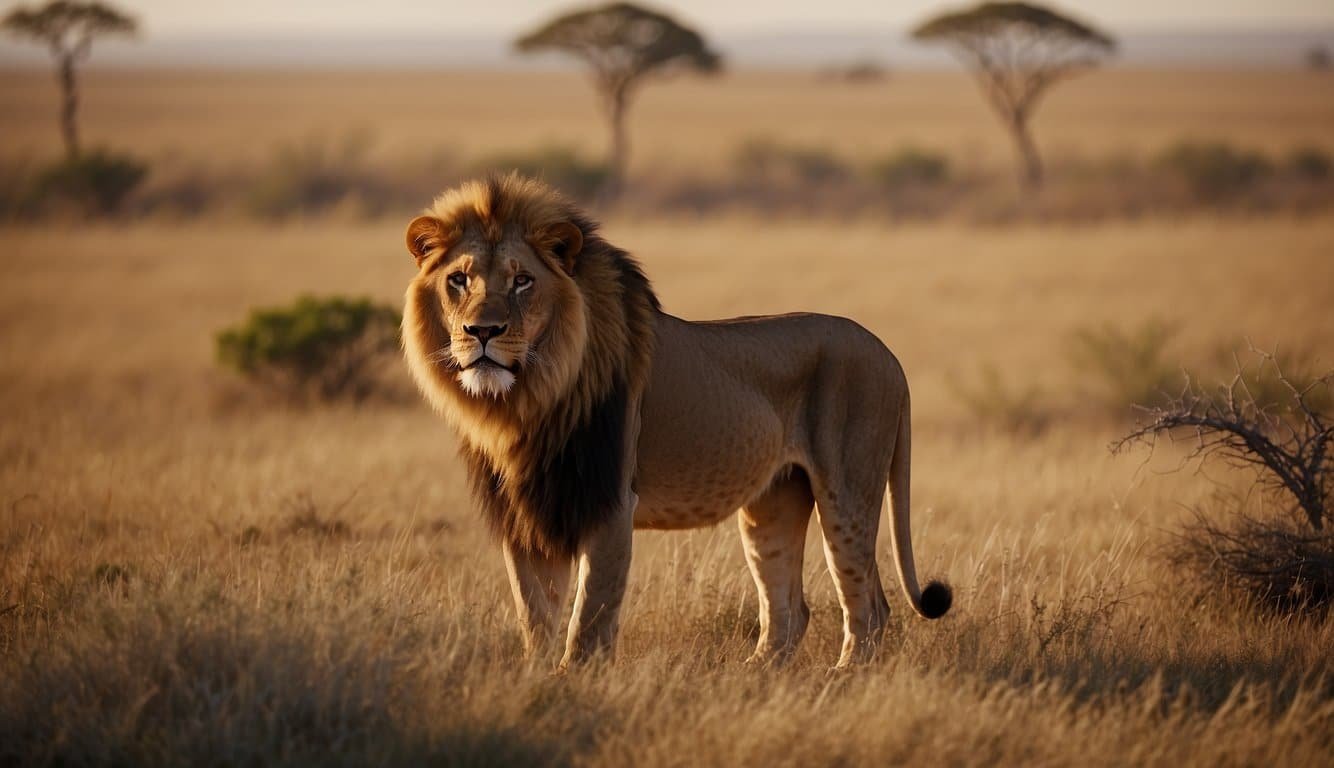Conservation Status of Lion Species
Lions, known scientifically as Panthera leo, are one of the most iconic species on the planet, often symbolizing strength and courage. However, they face a serious risk of extinction in the wild, with African lions classified as vulnerable and the Asiatic lion as endangered.
The Plight of African Lions
African lion populations are undergoing a rapid decline. The International Union for Conservation of Nature (IUCN) has listed the species as vulnerable, due to a number of pressures. Notably, West African lions are even more at risk and are considered critically endangered, with fewer than 400 individuals estimated to remain. They are confined to just a handful of isolated pockets, mainly in protected areas.
Threats Facing Asiatic Lions
Once found throughout the Middle East and India, Asiatic lions now number around just 674 individuals and are restricted to the Gir Forest in India. Classified as endangered, their populations face constant threats. Habitat loss, human-wildlife conflict, and reduced prey bases are some of the significant challenges. Conservation efforts are in place to help mitigate these threats, aiming to prevent the Asiatic lion from inching closer towards extinction.
Lion Habitats and Human Impact

Lions once roamed vast stretches of the globe, but their habitats have shrunk considerably. Today’s challenges include habitat loss and conflicts with humans, which are pushing these majestic felines towards endangerment.
Decline of Natural Habitats
Lions in Africa and Asia have seen their natural habitats, ranging from the open savannas to dense forests, diminish rapidly. In the Gir Forest of India, the last abode of the Asiatic lion, encroachment and conversion of land for agriculture are reducing available territories. Similarly, the Southern African savannas, a stronghold for wild lions, are being fragmented by human expansion. Factors like climate change further exacerbate habitat loss, altering the delicate ecosystems where lions have thrived for millennia.
Consequences of Human Activities
Poaching and the illegal wildlife trade have heavily impacted lion populations, with their parts sought for traditional medicine and trophies. Additionally, increasing human populations encroach on lion habitats, leading to more frequent human-lion conflicts. Livestock predation by lions often results in retaliatory killings. Protected areas like the Niokolo-Koba National Park in West Africa struggle to shield lions from these threats. Effective conservation efforts are needed to address the complex web of issues surrounding lions and their continued existence in the wild.
Measures to Protect and Revive Lion Populations

With lion numbers facing a sharp decline across Africa, active measures are essential to ensure their survival. These measures focus on both broad-scale conservation initiatives and the crucial role of community and legislative support.
Conservation Initiatives
Conservationists are employing multiple strategies to address the threats to lions, which include habitat loss, conflict with humans, and poaching. One effective approach is the establishment of protected areas and reserves that offer a safe haven for lion populations. These protected areas not only provide a sanctuary for lions but also contribute to the biodiversity of the region.
For example, Asiatic lions, which once faced the brink of extinction, are now primarily found in the Gir Forest of India. Conservation efforts have significantly increased their numbers, reflecting the importance of such dedicated protected areas. Ongoing initiatives often involve collaboration with organizations like UNESCO and National Geographic, which support conservation efforts with funding, research, and publicity.
Engaging in educational programs to raise awareness about lion conservation and the challenges they face is another key strategy. Such programs aim to disseminate knowledge globally and inspire actions that help protect these big cats.
Community Involvement and Legislation
Local communities play a vital role in the conservation of lions. Their involvement is crucial as they share their environment with these animals. Efforts to mitigate human-lion conflicts are essential, and these often include better livestock management practices that help prevent retaliatory killings.
Legislation also plays a significant part in protecting lion populations. Laws are enforced to control poaching and trade of lion parts, while international agreements seek to regulate and restrict wildlife trade. The U.S. Fish and Wildlife Service classifies lions as a threatened species, which aids in extending protections to them.
Community outreach programs that educate locals about the benefits of lion conservation can result in more effective protection and management of wildlife. They can help drive change by influencing attitudes and fostering a culture of coexistence with these magnificent big cats.

